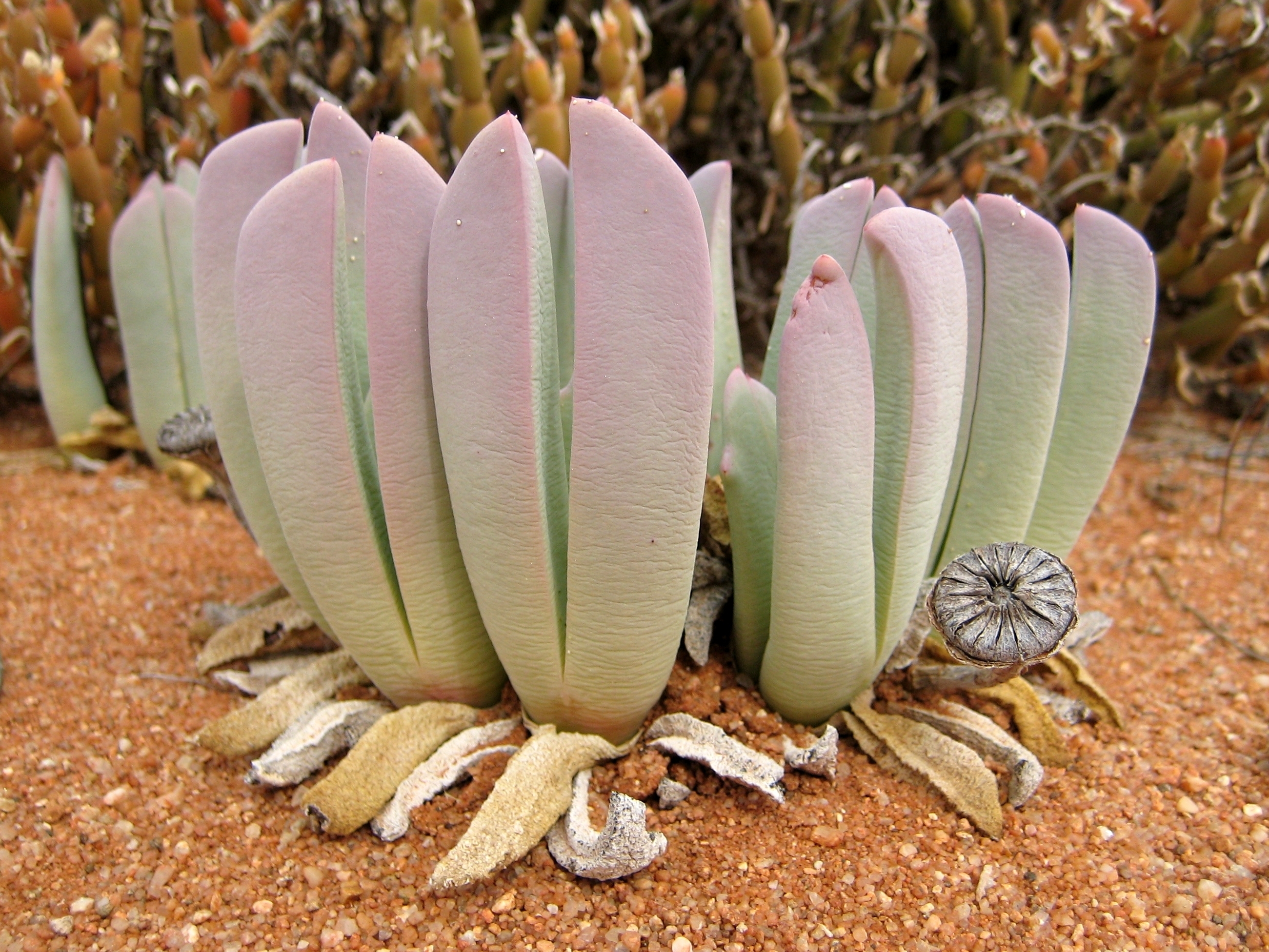Cheiridopsis robusta
(Cheiridopsis robusta)

Description
Cheiridopsis robusta is a species of Magnoliopsida first described by Adrian Hardy Haworth, and given the simplified Asian name by Nicholas Edward Brown. Cheiridopsis robusta belongs to the genus Cheiridopsis, and the family Aizoaceae. Cheiridopsis is a genus that consists of 100 species of flowering succulent perennial plants, native to semi-arid regions in the far west of Namibia and South Africa. Most species are clump-forming, a few are shrubby. The leaves are opposite and triangular in section, rarely flattened, the surface more or less velvety, which makes them easy to distinguish from species of the allied genus Argyroderma. Daisy-like flowers open during the day in summer, are borne singly and usually have yellow, rarely purple or red, petals. The name comes from the Greek "cheiris", meaning "sleeve". Each succeeding pair of leaves differs from the previous one in form, size, and relative unity of the leaves. Those most united wither in the resting period and form a papery sheath covering the succeeding pair of leaves during dormancy in dry, hot summer.
Taxonomic tree:







